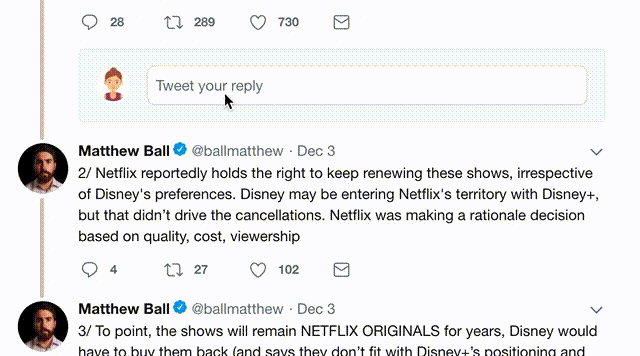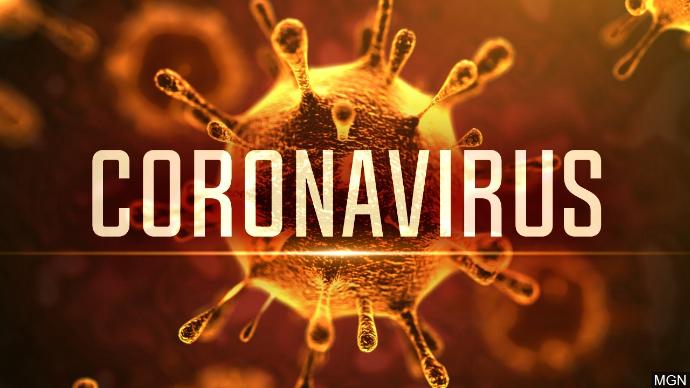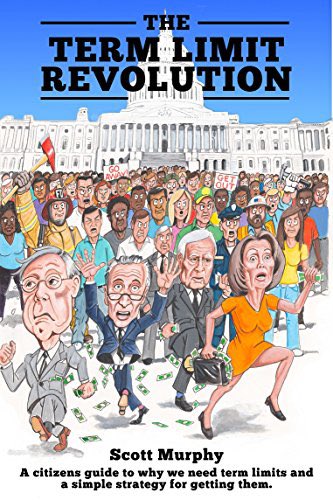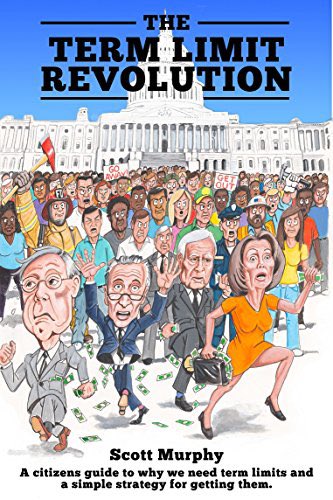Cost - he says £350Bn or "generously" £185Bn. IFS says £50Bn (additional spending) or £120 Bn (additional borrowing)
Benefit - he says price of quality adjusted life year (QALY) is £30k. Its £60k
Secondly, there are the costs which will be incurred by combatting the epidemic under any particular framework. These will likely be higher.
cato.org/blog/time-move…
1. Doesn't compare realistic scenarios
3. Doesn't vary price put on lives saved properly (uses single price)
4. Doesn't produce comprehensive measures of costs or benefits
...
6. Doesn't account post-crisis rebounds in GDP (i.e. most of the GDP lost is likely deferred, not lost *forever*)
7. Not comparing apples with apples






